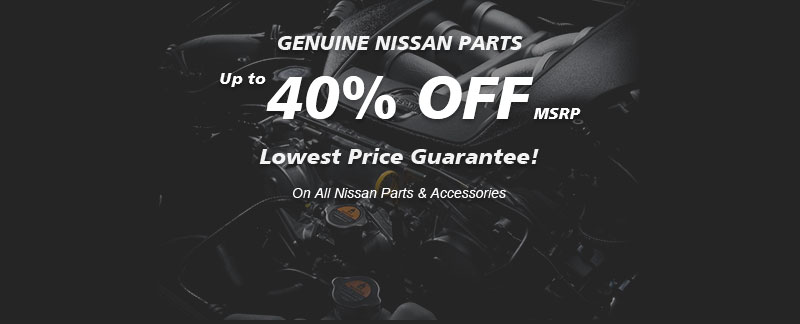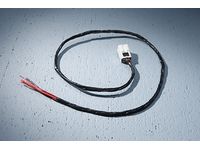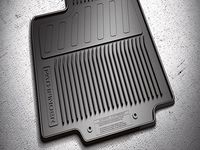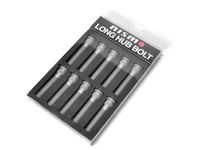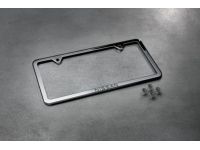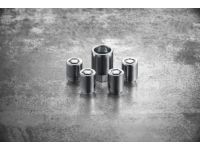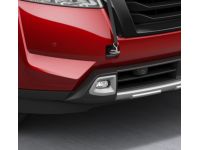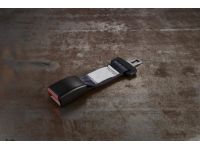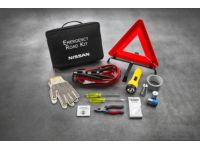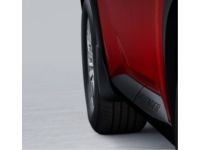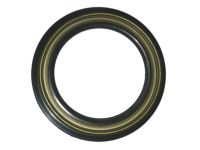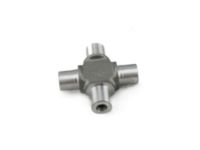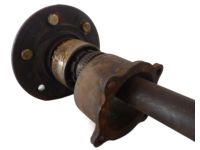- Live Chat
- 1-888-726-6993

Why choose NissanPartsDeal
- Quality Parts
To keep your car running at peak performance, you need Nissan Pathfinder genuine parts from NissanPartsDeal.com. For years, we've been the leading online Nissan Pathfinder parts store. At NissanPartsDeal.com all the parts in our catalog are inspected and tested by our team of experts to ensure optimal fit and performance.
- Unbeatable Prices
What makes NissanPartsDeal.com the best choice for Nissan Pathfinder OEM parts? You get giant savings because our goal is to offer unbeatable prices. OEM parts are perfect for drivers who want the best products available but don't have the funds to splurge on expensive parts. Plus, Our products offer the same performance and reliability as their OEM counterparts at a fraction of their price.
- Fast Shipping
All the OEM Nissan Pathfinder parts you need for routine maintenance and repair can be found in our complete Nissan Pathfinder parts catalog. Having the best inventory available, your parts for Nissan Pathfinder will arrive fast anywhere in the nation. Plus, all Nissan Pathfinder auto parts purchases are risk-free as everything is expedited directly from dedicated authorized dealers and backed by the manufacturer's warranty, so you'll be back on the open road before you know it.
Popular Genuine Nissan Pathfinder Parts
- Body Electrical Parts View More >
- Engine Mechanical Parts View More >
- Axle & Suspension Parts View More >
- Engine Electrical Parts View More >
- Miscellaneous Parts View More >
- Body (Side & Rear) Parts View More >
- Body (Front, Roof & Floor) Parts View More >
- Fuel & Engine Control Parts View More >
- Power Train Parts View More >
- Exhaust & Cooling Parts View More >
- Steering Parts View More >
- Brake Parts View More >
Shop Genuine Nissan Pathfinder Parts with NissanPartsDeal.com
The Nissan Pathfinder, in production since 1985, is a series of SUVs now in its fifth generation. Known as the Terrano outside North America, the Pathfinder became globally recognized under its original nameplate from 2004 onwards. Its generations are identified as the R50 (1995), R51 (2004), R52 (2012), and R53 (2021). The Pathfinder started as a 2WD, manually engaged 4WD vehicle equipped with a 2.4L four-cylinder engine. Subsequent generations introduced unibody construction, an array of engine improvements, and features like a third-row seat. For the US market, the third generation Pathfinder underwent a facelift in 2008, including a new bonnet, grille, bumper assembly, and other engine changes. The fourth generation, launched in 2012 and updated in 2014, 2017, and 2019, came with an array of engine options and the Jatco XTRONIC CVT transmission, all packaged within a slightly extended wheelbase and dimensions. The latest, fifth-generation Pathfinder debuted in 2021. Despite retaining the general platform and construction of its predecessor, it notably features standard seating for eight and second-row bucket seats. Known for its good performance and luxury features, the Nissan Pathfinder remains a popular choice for outdoor leisure activities.
Renowned for its precision engineering and quality, the Nissan Pathfinder is not immune to wear and tear as mileage accumulates. Engine failures often occur around the 110,000-mile mark, indicated by overheating, misfiring, power and fuel economy decreases, odd noises, oil odors, and dirty exhaust. If your Check Engine Light comes on, suspect parts may include the intake manifold, drive belt, rod bearing, valve cover gasket, and throttle body gasket. Suspension and transmission issues also affect the Pathfinder, with severe front brake and tire wear causing tilting, bouncing, and excessive vibrations. Sluggish handling and a bottoming-out vehicle suggest that parts like the leaf spring bushing, control arm bushing, coil spring insulator, sway bar bushing, wheel bearing, and control arm shaft kit need replacement. In terms of transmission failure, the valve body is often the culprit. Regular maintenance is crucial, especially for parts like door handles and door lock actuators, which provide security and convenience. The wiper arm, seat belt, and headlight cover also need routine attention for your Pathfinder to stay in top condition.
When it comes to quality and durability, OEM parts reign supreme. They are manufactured to meet Nissan's exacting factory specifications and undergo rigorous quality control. If you're searching for OEM Nissan Pathfinder parts, like Seat & Seat Belt, Body (Back Door & Rear Body), look no further. Our website boasts an extensive inventory of genuine Nissan Pathfinder parts, all available at the most competitive prices online. Every part we offer comes with a manufacturer's warranty. In addition, we provide a straightforward return policy and rapid delivery services, making your shopping experience a breeze.
Nissan Pathfinder Parts Questions & Answers
- Q: How to replace and reinstall the rear axle shafts, Wheel Bearing, Wheel Seal in a Nissan Pathfinder?A: Loosen wheel lug nuts, raise vehicle and support on jackstands. Remove wheel, brake drum and shoes, disconnect parking brake cable and hydraulic line fitting. Unbolt axle retaining plate, pull axle from housing. Take assembly to machine shop for bearing and seal replacement. Pry out oil seal, drive in new one. Apply grease to bearing. Install shims, guide axleshaft into housing. Install retaining plate nuts, check end play. Reverse removal, check lubricant level, bleed brakes, install wheel and lug nuts. Lower vehicle, tighten lug nuts.
- Q: How to disassemble and reassemble a U-joint on a driveshaft on Nissan Pathfinder?A: Remove driveshaft, remove snap-rings, press out cross, inspect bearing cap bores, press bearing caps in, remove inner snap-rings, press out bearing caps, reassemble, strike yoke sharply if joint is stiff.
- Q: What is the description and functionality of the rear axle assembly and related components in the Nissan Pathfinder?A: The rear axle assembly is a hypoid, semi-floating type which allows the outer rear wheel to turn at a higher speed than the inner tire when the vehicle goes around a corner. On 4WD models, a fully independent front axle assembly is used with a differential and a pair of drive axles, each with an inner and outer constant velocity (CV) joint. An optional locking limited-slip rear axle is also available which allows for normal operation until one wheel loses traction. A limited-slip unit is similar in design to a conventional differential, except for the addition of a pair of multi-disc clutch packs which slow the rotation of the differential case when one wheel is on a firm surface and the other is on a slippery one. Often, a suspected "axle" problem lies elsewhere, so it is important to do a thorough check of other possible causes before assuming the axle is the problem. Overhauling the differential isn't cost effective for a do-it-yourselfer, so any further work should be left to a qualified repair shop.
